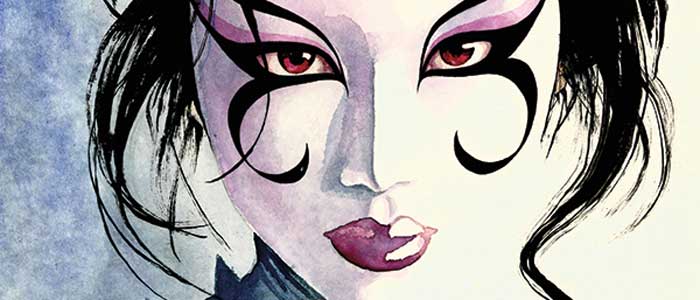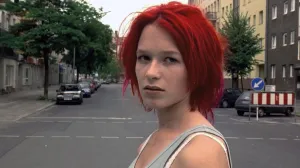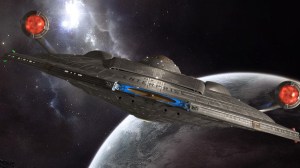David Mack’s award-winning indie comic Kabuki is coming to Dark Horse Comics’ fan- and creator-favorite Library Editions.
Videos by ComicBook.com
The oversized, hardcover books give creators a chance to throw in bonus material not generally included in standard trade editions, as well as showcasing the art at closer-to-full size.
And Mack is excited. He’s been talking them up, doing signings — and even apparently sent one to his Fight Club 2 collaborator, Chuck Palahniuk:
David Mack not only makes the invisible visible, he makes it beautiful. cc: @davidmackkabuki https://t.co/Ho8XM4VvEc pic.twitter.com/oBq3lqIdEC
— Chuck Palahniuk (@chuckpalahniuk) July 24, 2015Mack joined ComicBook.com to talk about why he picked this particular time and format to do the deluxe edition reissue, and why he thinks the Library Editions are the best format in which to do it.
So you’ve bounced around a bit in terms of where KABUKI is published. What made Dark Horse the right place and now the right time to start rolling out the large-format deluxe editions?
Dark Horse and Editor In Chief Scott Allie approached me with a wonderful publishing plan and an enthusiasm about publishing Kabuki. As well was my art books: Dream Logic and Reflections. It also just so happened for that the timeline for it corresponded with the release of Chuck Palahniuk’s Fight Club 2 that I’m doing the covers for.
You told us in the Fight Club interview that you think readers should try this edition if they’ve never read the book before and are interested in Kabuki. As somebody who loves these editions but often reads “on the run,” that would be a hard sell for me. What do the Library Editions feature that make them the best bang for your buck?
Well if you are on the run, don’t forget that Dark Horse also offers these Kabuki Library edtions on Amazon’s Kindle. As well as Kabuki issue by issue from the beginning on their digital ap. Those are great ways to approach the story if you want to read it chapter by chapter on the commute to work or on your laptop or phone.
But the physical Kabuki Library Editions are incredible works of production value. The format and quality is amazing. It gives you the chance to experience the story in a larger format than its ever been seen.
It also includes loads of extras. From new and vintage artwork from myself, to the 1993 versions of Kabuki art that Brian Michael Bendis drew when he was going to be the artist on Kabuki. As well as commentary, and behind the scenes peaks at the making of things.
This is the first of four Library Editions that will collect the entirety of the Kabuki saga. Each of the four volumes will be 400 pages or more. That’s a lot of story, and art, (over 1600 pages), and this format presents it in the best way.
With that in mind, how do you explain/sell KABUKI to the uninitiated? What’s your elevator pitch?
The first volume can be read as a crime story set in Japan.
Each volume explores a new layer in the evolution, and so each volume has a different visual approach to reflect that evolution and new ground.
I remember Mike Mignola coming to Forbidden Planet in New York when I worked there to sign a Hellboy Library Edition just before New York Comic Con. Do these kinds of books make the convention season more exciting for fans, you think? It’s certainly a stylish thing to get signed and/or sketched.
From my experience, readers love this format. It is a way for new readers to get the story in a handy format, and it is something that longtime readers love for their bookshelf and coffee table. And it makes an incredible gift for a long time fan or for a brand new reader.
You’ve been working on KABUKI for years now. As you watch these giant books kind of unfold, do you get a new sense for the scope of the project, or for some thematic and story elements that played out differently than you remember?
DM: It has been incredible to revisit the stories and collect the stories together in this new shape. The first volume collects my very first painted stories and my first black and white stories, and it is 400 page volume of the work that I did in college and turned for my senior thesis in Literature.
So it represents a lot of evolution and growth for me.
I can look at these stories in a fresh way, and see things in them that I was not conscious of at the time of making them.
Fortunately, I feel like there is marked improvement and growth in each chapter of the story… for the characters… but also my self as a very young creator in a formative time of my life, when I was using these stories as a means to work out a lot of challenging things that I was experiencing at that time.









